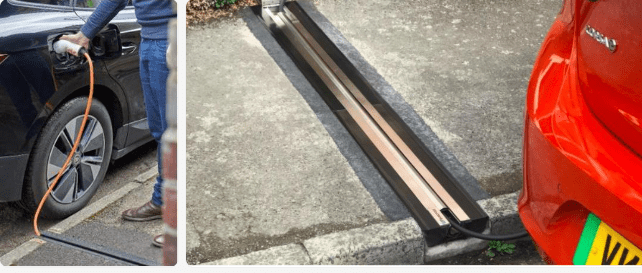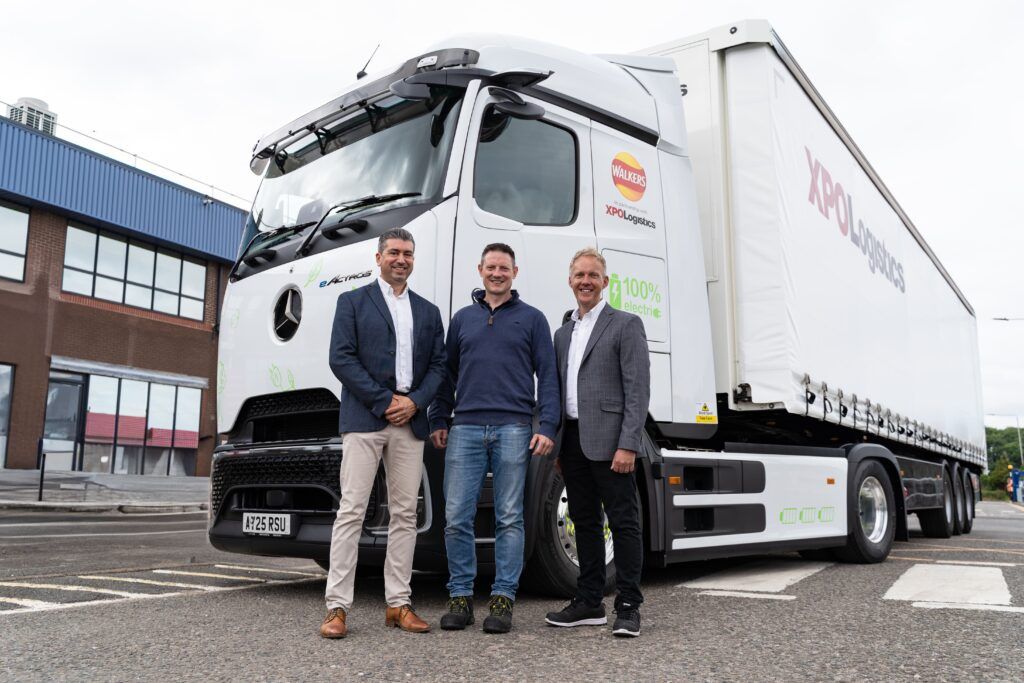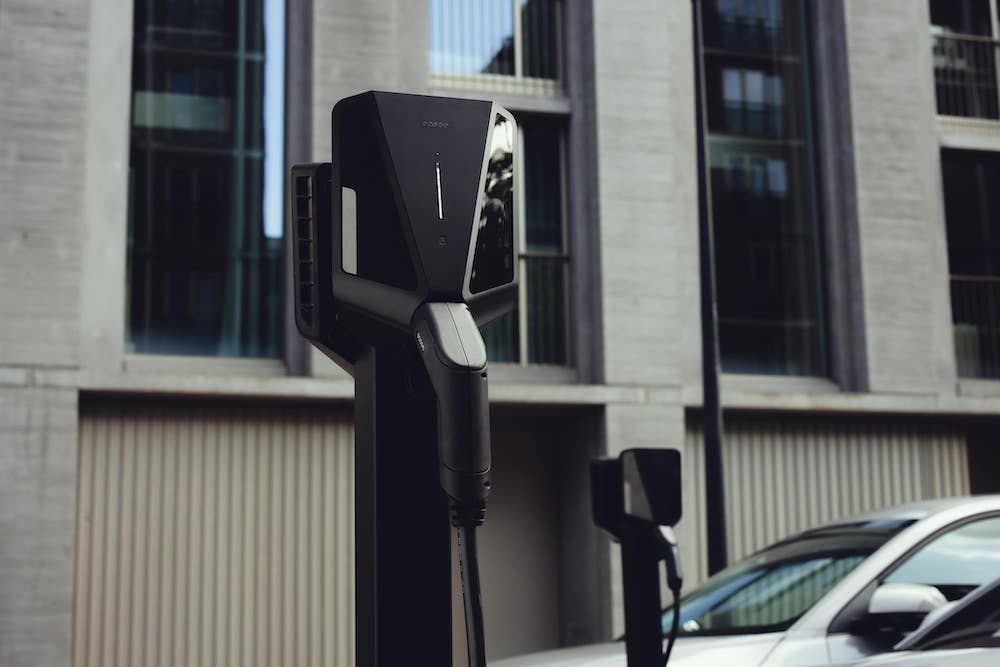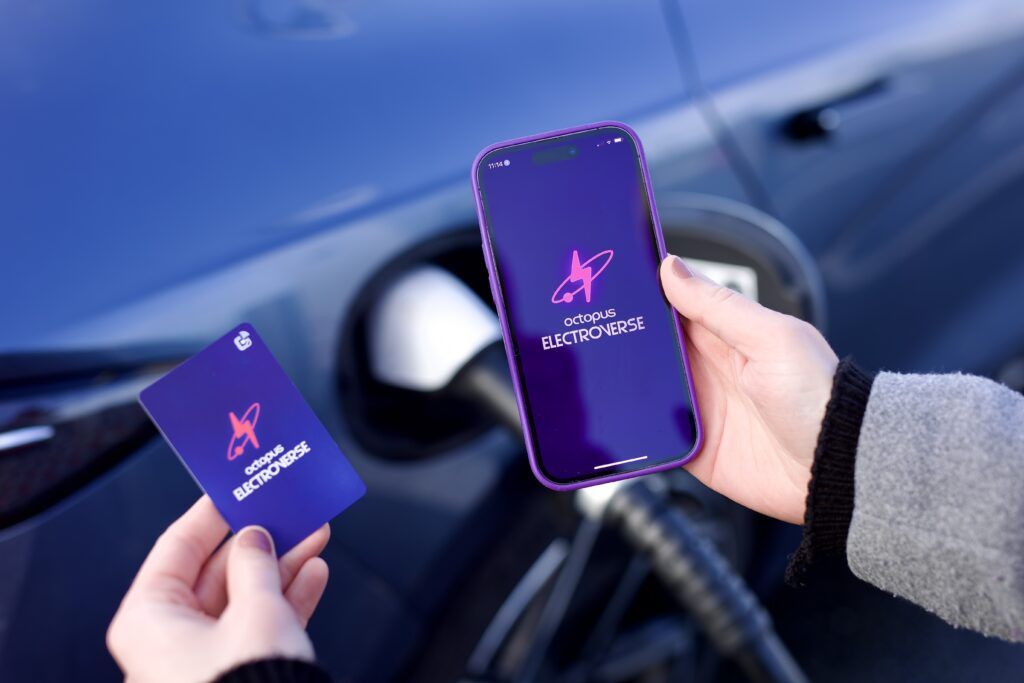Charlie Jardine, CEO of EO Charging, gives his predictions for the electric vehicle (EV) industry in the year ahead.
As we stand on the cusp of 2024, the electric mobility industry feels like it’s finally at a point of unstoppable growth. As a result of vehicle sales worldwide growing exponentially due to falling costs, technological advancements, and significant government support in several markets, we’ll reach a real tipping point in the year ahead.
We’re increasingly seeing consumers, businesses, and the public sector switching to EVs and in 2023 alone, 14 million EVs[1] are expected to be sold worldwide. This represents a 35% year-on-year increase, even with latent concerns in many markets over the pace, quality, and reliability of public charging. As charging infrastructure expands, longer-range vehicles will come onto the market, and the new agreement from COP28 to transition away from fossil fuels by 2050 we expect to see a huge push towards EV sales growth in the coming year.
- US to overtake Europe in EV adoption
There’s no doubt that EV adoption is a global opportunity, but there are several markets who are likely to continue leading in the new year.
The latest report by Ernst & Young[2] shows that China is still spearheading the global race to electric mobility, thanks to its regulatory environment, robust localised supply chain, technology investment, and a clear focus on infrastructure development.
Early adopting European markets like Norway, Sweden, and the Netherlands will undoubtedly continue to set the pace in 2024, however, it’s the US market who are undergoing the greatest EV transition and acceleration.
Five billion dollars have been invested by The US EPA Clean School Bus Program[3] to replace existing school buses with low- and zero-emission models. With around 600,000 school and transit buses in the US, implementing a reliable charging infrastructure will be crucial to its deployment and success.
2024 will be a pivotal year for picking up the momentum of infrastructure progress to enable electric bus fleets. If this is done right, we’ll be able to create a shift of optimism in the US market to electrify other fleets and hopefully this will support wider adoption contributing significantly to reducing carbon emissions.
- Industry leaders will charge ahead with net zero progress
The UK’s commitment to a government-set deadline for phasing out the sales of petrol and diesel vehicles has been a crucial driver for EV adoption. So we’ve been disheartened recently by the UK government’s narrative around carbon reduction ambitions. After it pushed back the ban on new petrol and diesel vehicles back in September, we have been calling for more measures to incentivise EV adoption.
So when the Transport Secretary announced a £70 million pilot scheme in the Autumn Statement to power up the UK’s motorway service areas to pave the way for ultra-rapid EV charge points, our mood lifted a little. Effective, reliable charging infrastructure supports EV adoption, especially at key locations like motorway services and fleet depots. New chargers are constantly being installed, but roll-out speeds need to increase drastically to keep up with demand.
It’s our mission at EO to create a new charging ecosystem for EVs that enables energy autonomy. So, along with many others keen to see mobility break free from grip of Big Oil, we were really encouraged that COP28 in Dubai closed with an agreement that potentially marks “beginning of the end” for fossil fuels by laying the ground for an accelerated and equitable transition, underpinned by emissions cuts and scaled-up finance.
- Energy management ecosystem will become a reality
By 2024, meeting the increasing demand for EVs would require tackling infrastructure challenges, and creating the most advanced technology solutions for energy management. A crucial piece of the puzzle is EV charger load management, ensuring that the implementation of electric vehicles is both practical and sustainable, so we expect this to become more of a market focus this coming year.
Investing in and implementing effective load management solutions will be key to a smoother and more effective transition. These solutions help maximise the capacity of existing grid infrastructure, reducing the need to invest in new generation or distribution capacity. They also play a critical role in helping EV fleet operators ensure maximum availability of vehicles and closely manage their energy costs.
- The momentum of innovation and investment in battery storage is set to accelerate.
Battery energy storage is crucial for businesses with EV fleets, with many looking to support grids with flexibility services. According to a recent McKinsey report[4], the global market is projected to surge to $120-150 billion by 2030.
EO actively collaborates with clients, installing batteries for supply and load management, offering an alternative to conventional grid connections. We expect demand for battery storage elements to grow strongly over the coming year.
References:
[1] https://www.iea.org/reports/global-ev-outlook-2023/executive-summary
[2] https://www.ey.com/en_uk/news/2023/09/uk-among-worlds-top-5-markets-for-ev-readiness
[3] https://www.epa.gov/cleanschoolbus#:~:text=With%20funding%20from%20the%20Bipartisan,emission%20and%20low%2Demission%20models.
[4] https://www.mckinsey.com/industries/automotive-and-assembly/our-insights/enabling-renewable-energy-with-battery-energy-storage-systems














